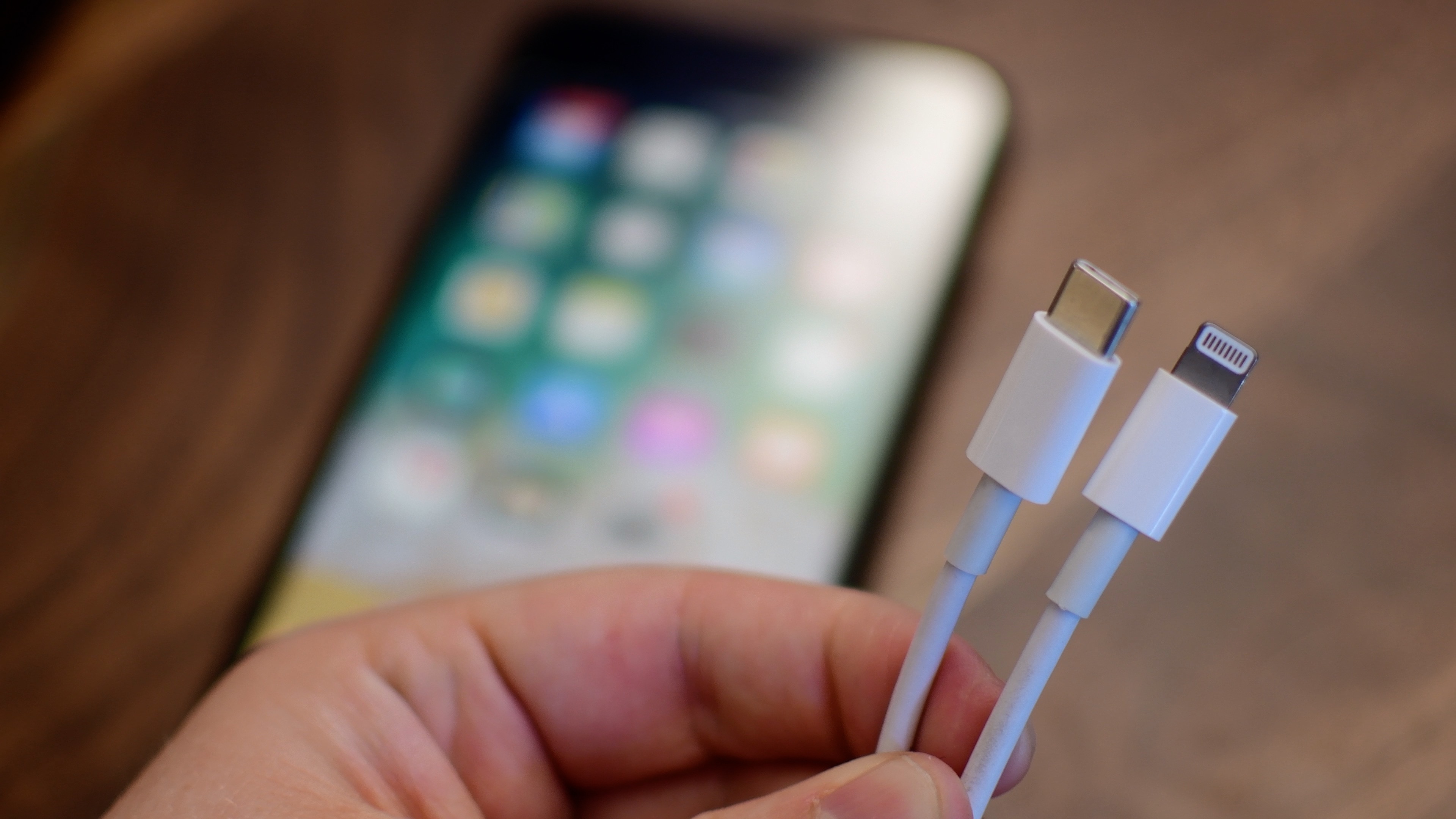Apple refuses to swap the Lightning connector from iPhones for a USB-C port so a robotics engineering student has created his own USB-C iPhone to prove its feasibility.
SSTORY HIGHLIGHTS:
- Robotics engineering student Ken Pillonel creates a USB-C iPhone
- Pillonel has reverse-engineered Apple’s Lightning connector
- This led him to create a logic board with a female USB-C port
- Finally, he shrunk the board and installed it into an iPhone

USB-C iPhone becomes real thanks to a creative robotics engineer
Ken Pillonel has studied for a Master’s degree in robotics at the Swiss Federal Institute of Technology. As a robotics engineer, he’s actually managed to reverse-engineer Apple’s Lightning connector (C94) and create a printed circuit board (PCB) with a female USB-C port.
The creative engineer then shrunk the prototype circuit board before installing it into an iPhone — and it’s worked like a charm! Also, Pillonel shared a video embedded ahead to prove his modified phone is indeed capable of handling both power and data over a USB-C cable.
Engadget has more:
Pillonel discovered that Apple sells a Lightning connector with an integrated circuit, known as C94, to certified partners that build USB-C to Lightning cables. He managed to get one out of a third-party cable, then remove the metallic part and expose the PCB. With that done, he pulled the female Lightning port from an iPhone and soldered wires from the bare C94 board to a PCB with USB-C connectors.
“Once that was done I had my first working prototype,” he said. “Lightning is gone and only USB-C is left.” For a better sense of the challenges he had to overcome along the way, you’re recommended to read his earlier blog post and watch an accompanying video demonstrating the process of reverse-engineering the Lightning connector and creating a prototype one.
Won’t Europe force Apple to adopt USB-C?
Apple embraced USB-C on notebooks in 2015, but it took until 2018 to ditch Lightning on the iPad Pro line. Following iPad Pros, other iPads have transitioned from Lightning to USB-C, including the iPad Air and the new iPad mini. Read: Featured USB-C hubs for Macs and iPads
But the iPhone line has yet to get a USB-C port.
You’ve heard about the European Commission proposed legislation that would make USB-C the standard charging port on all smartphones and mobile devices. Whether the company ends up replacing Lightning with USB-C on its most profitable product remains to be seen.
If legislation is enacted, Apple will have two years to migrate to USB-C. But the company could get creative — instead of adopting USB-C, it could continue shipping Lightning-based iPhones and simply throw a tiny Lightning to USB-C adapter in each and every box so that people could use their existing USB-C power bricks to charge their USB-C iPhone.